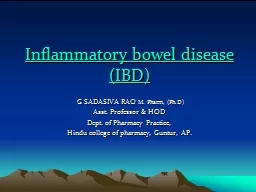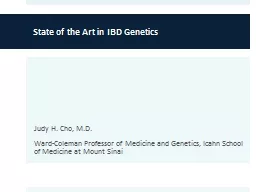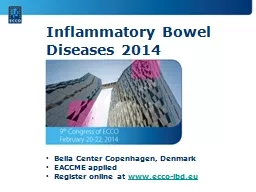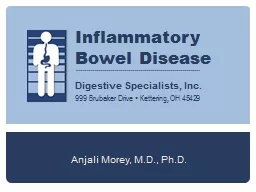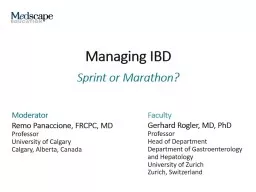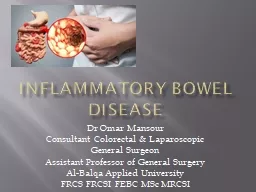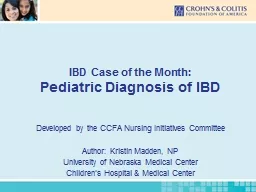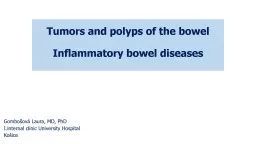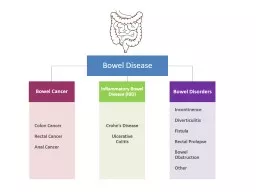PPT-Inflammatory bowel disease (IBD)
Author : wang | Published Date : 2022-05-15
G SADASIVA RAO M Pharm PhD Asst Professor amp HOD Dept of Pharmacy Practice Hindu college of pharmacy Guntur AP Definition Inflammatory bowel disease IBD
Presentation Embed Code
Download Presentation
Download Presentation The PPT/PDF document "Inflammatory bowel disease (IBD)" is the property of its rightful owner. Permission is granted to download and print the materials on this website for personal, non-commercial use only, and to display it on your personal computer provided you do not modify the materials and that you retain all copyright notices contained in the materials. By downloading content from our website, you accept the terms of this agreement.
Inflammatory bowel disease (IBD): Transcript
Download Rules Of Document
"Inflammatory bowel disease (IBD)"The content belongs to its owner. You may download and print it for personal use, without modification, and keep all copyright notices. By downloading, you agree to these terms.
Related Documents

